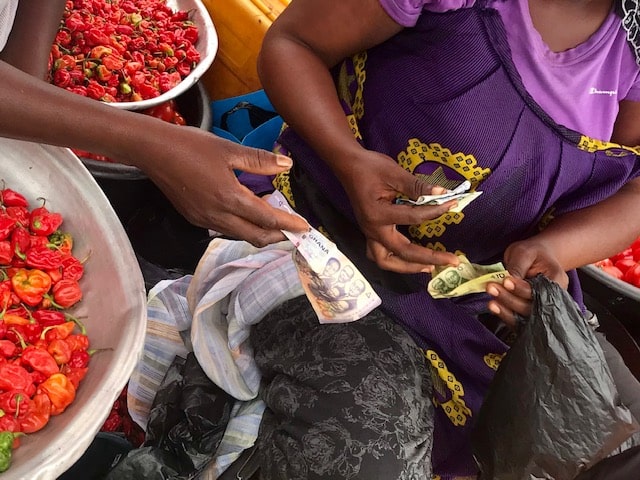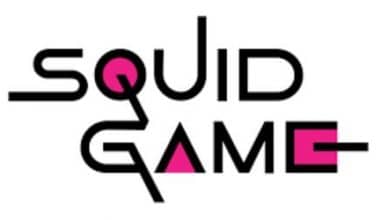Africa has seen considerable growth in financial inclusion over the past decade. In 2011, sub-Saharan Africa’s level of financial inclusion was about 23%. However, with the rise of mobile wallets such as Mpesa in the region, the number rose to 43% in 2017. While these are tremendous strides, there is still a significant number of adults who don’t have access to formal financial services.
Informal savings groups have been crucial in filling this gap. Indeed, this phenomenon is popular in Africa and has contributed to developments at the local, national and continental levels. In this article, the focus will be on the structure of the savings group, their efficiency, and the role they play in national development in Africa.
A significant percentage of women in Africa have gained financial independence via savings groups.
What is a savings group?
A savings group is an informal community-based entity that enables its members to save money with specific end goals. The purpose of the savings group may be to purchase assets such as land or home improvement items. Alternatively, the members may decide to offer loans within or outside the entity at an interest. While the model exists in different parts of the world, it is especially popular in Africa.
A typical savings group operates on a set of rules that are formulated and agreed upon by the members. Depending on the members’ literacy levels, the regulations can be written or verbal. Infringement of the laws often results in financial penalties or removal from the group. In most cases, savings groups operate in a cycle of 12 months. The amount and nature of the cycle is agreed upon by the members.
How do savings groups work?
Savings groups in Africa take up one of the two distinct models. One of the common types of savings groups is the Rotating Savings and Credit Association (ROSCA). Entities under this model operate by collecting monthly, weekly, or daily contributions from each member. Members agree on the amount at the onset of the group or the cycle. Each time, one member is given the entire sum on a predetermined rotation basis. At the end of the cycle, every participant will have received a lump sum payout.
The other model used by savings groups in Africa is the accumulated savings and credit association (ASCA). Just like the ROSCA approach, the ASCA model requires the members to make equal monthly or weekly contributions. Instead of pay-outs on a rotational basis, the funds are used to give loans to the members or a trusted third party. Loans are usually paid with interest. At the end of the cycle, the funds are distributed amongst the members.
Advantages and disadvantages of savings groups in Africa
Advantages
Promotion of a saving culture
It is often said that most people are one tragedy away from poverty. This unfortunate situation is large because of the unpopularity of the saving culture, especially in Africa. Savings groups have been helpful in changing the status quo.
The requirements for joining and staying in the group are quite friendly compared to the terms of some conventional banks. Besides, since it is community-based, most people find it convenient. Individuals who would otherwise have nothing to their name are now able to save a substantial amount of money and use it for developmental purposes.
Enhanced financial inclusion
For a long time, Africa has been facing the challenge of financial inclusion. As of 2011, financial inclusion within sub-Saharan Africa was at about 23%. The introduction of digital financial services drove the figures to 43% in 2017. Despite this progress, there is still a significant number of Africans, particularly women, who do not have access to formal banking services.
Savings groups in Africa have played a crucial role in enhancing financial inclusion in the region. The members of these entities can enjoy the basic services offered by a typical bank. One is able to save funds, borrow a loan, and acquire returns when their money is lent to someone else.
Enhanced financial independence
This aspect has been especially observed among women. In fact, it is one of the key approaches used by governments and non-governmental organizations for women’s empowerment in Africa. In the past, women relied on their husbands for all their wants and needs. The overdependence, coupled with the African notion that women are inferior beings, led to physical, sexual, and emotional abuse.
Notably, as part of the role of savings groups in national development in Africa, a significant percentage of women in different parts of the continent have gained financial independence via these socioeconomic structures. By setting and accomplishing practical financial goals in each rotational cycle, the members of these savings groups have been able to take control of their finances. Individuals with meager earnings are able to complete major developmental projects at a comfortable pace.
Disadvantages
Possible errors in calculations
This challenge is especially common in the ASCA model. At the beginning of the cycle, the members of the savings group select about 3-5 individuals to receive the contributions and make the necessary calculations. At times, these individuals have low literacy levels, let alone accountancy skills. In such cases, the group experiences difficulties in balancing the books.
Terms and needs are tailor-made to fit the group rather than the individual
A typical bank has several products aimed at meeting the diverse needs of its clients. For instance, you can adjust your saving program depending on your goal and financial capability at the time. Unfortunately, savings groups are not this flexible. One has to adhere to the structure that is agreed upon by the majority.
Security risk
Some savings groups deal with large amounts of money. A few officials have the responsibility of taking the funds to the bank. Throughout this process, the security risk is evident. It is possible for thieves to steal the amount or even harm the members, as they head to the bank.
Relationship between savings groups and microfinance development in Africa
Over the past decade, there has been a symbiotic relationship between savings groups and microfinance institutions in Africa. On the one hand, micro finances have identified a viable business opportunity in offering savings and loan services to the numerous savings groups across the continent. At the same time, saving groups now have a secure way to save their finances. Besides, the members can execute different developmental projects via the availed loans.
Kenya is one of the African countries where the relationship between savings groups and microfinance institutions is active. For instance, KWFT Chama Account is one of the major products of the Kenya Women Finance Trust bank. It offers women’s saving groups an opportunity to save their funds and acquire loans for different entrepreneurial purposes. Other micro finances in Kenya and other African countries have similar structures.
Furthermore, microfinance institutions in Africa have been offering training to savings groups. In rural Africa, most savings groups comprise illiterate or semi-illiterate members. It helps to have a financial institution enlighten them on how to use the saved funds for developmental purposes. In such training forums, the microfinance companies often invite other experts with the aim of availing holistic learning in local languages to the members.
Final Thoughts
In Africa, the growth of savings groups has contributed to enhanced financial inclusion. Poor individuals who could not afford to make substantial savings are now able to save as well as execute projects such as farming or business. Additionally, the interactions between these savings groups and microfinance institutions in the region have been beneficial to the course of national development.
Related Articles
- Microfinance Loans: Definition, Importance, History, Institutions (+ Loan details and Tips)
- FINANCIAL INCLUSION: Overview, Importance, Objectives, Examples (+ Free PDFs)
- MICROFINANCE LOAN: TOP COVID-19PICKS & HOW TO APPLY (+QUICK GUIDE)
- Microfinance Bank Updated List 2022: (+ how to apply guide)
- Business In the New Normal: 5 Trends Redefining the Business World






